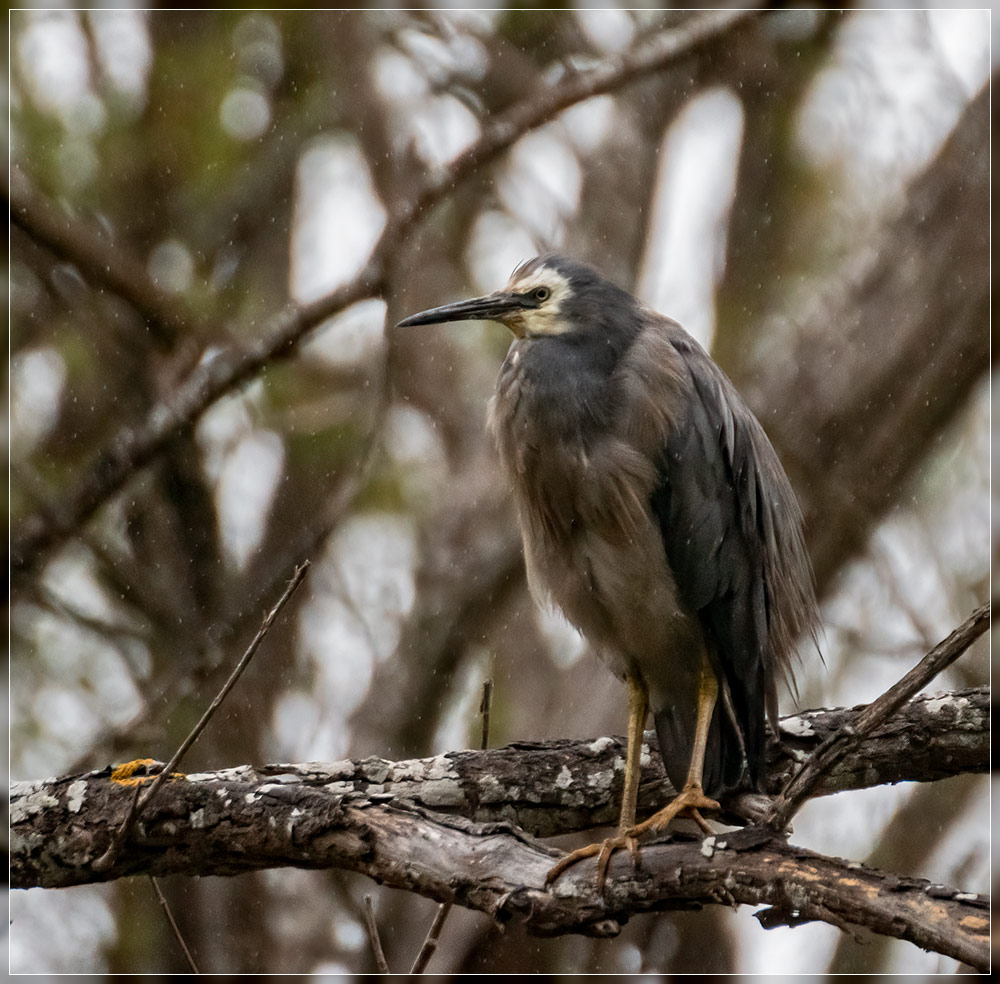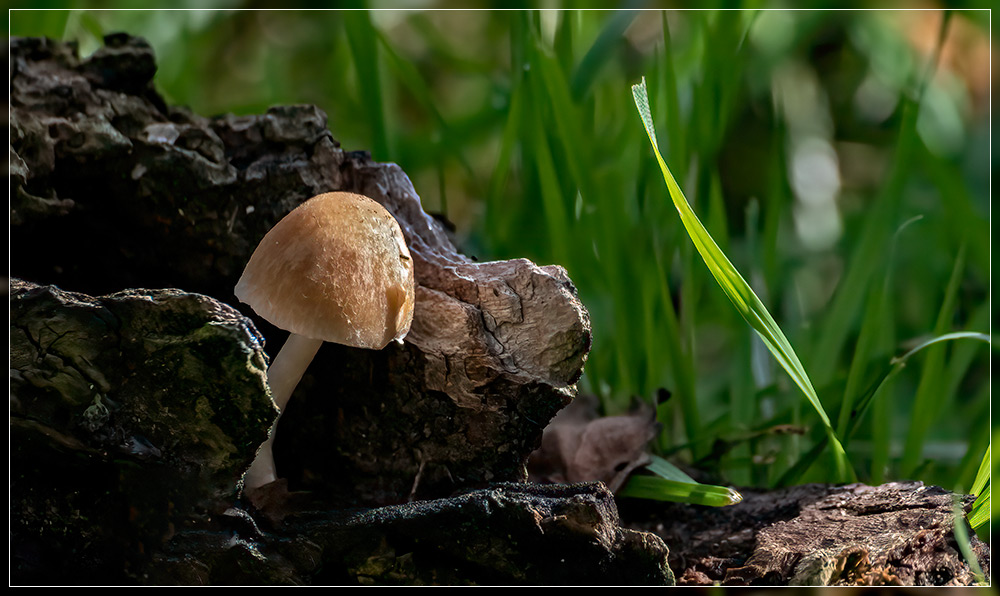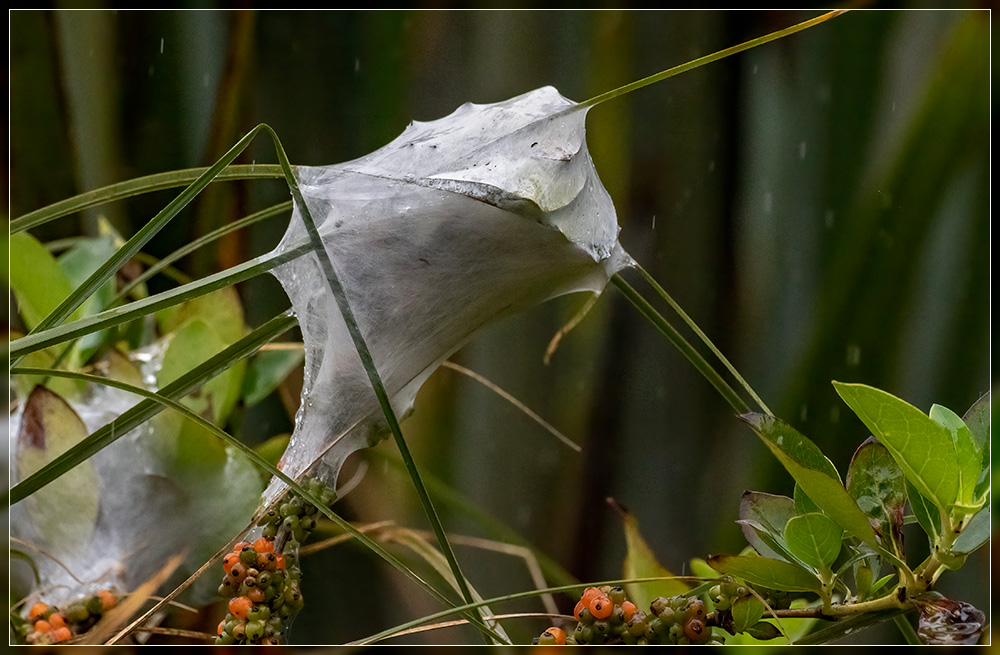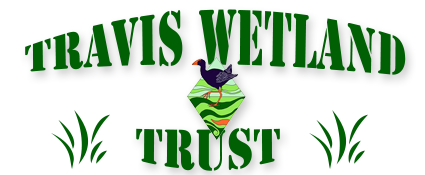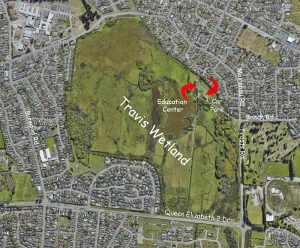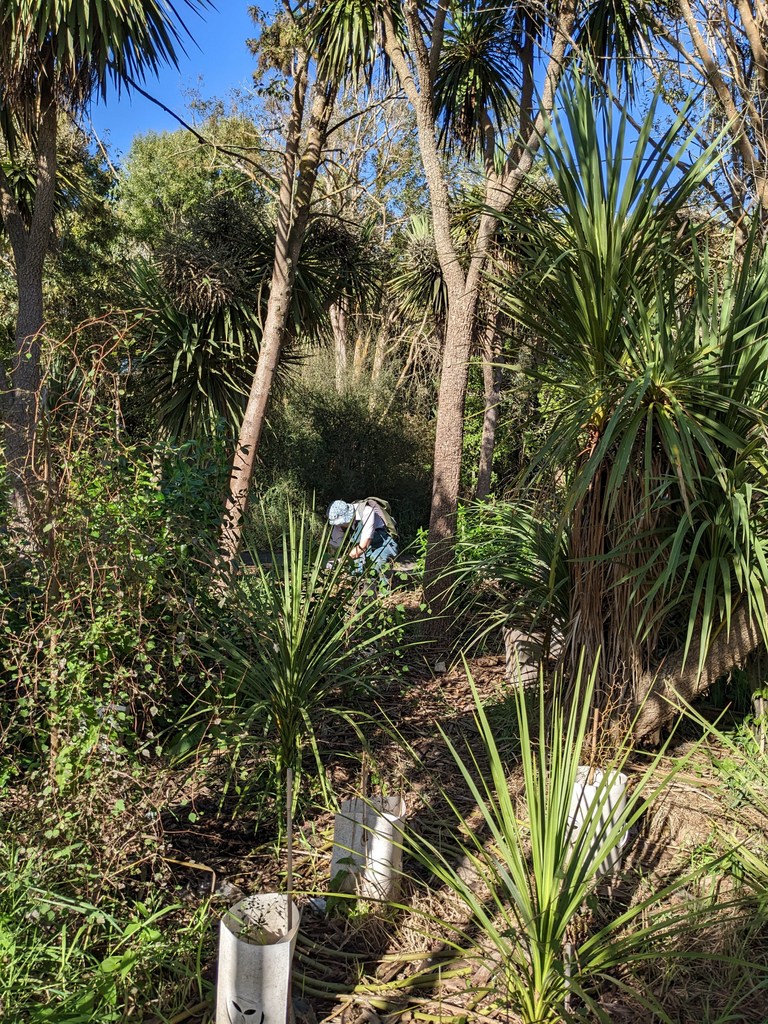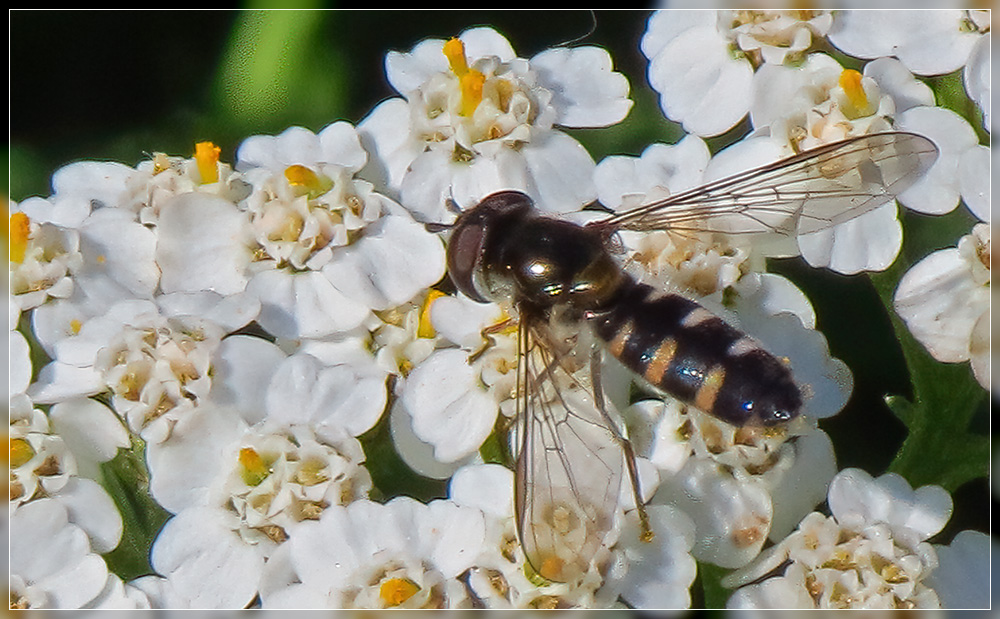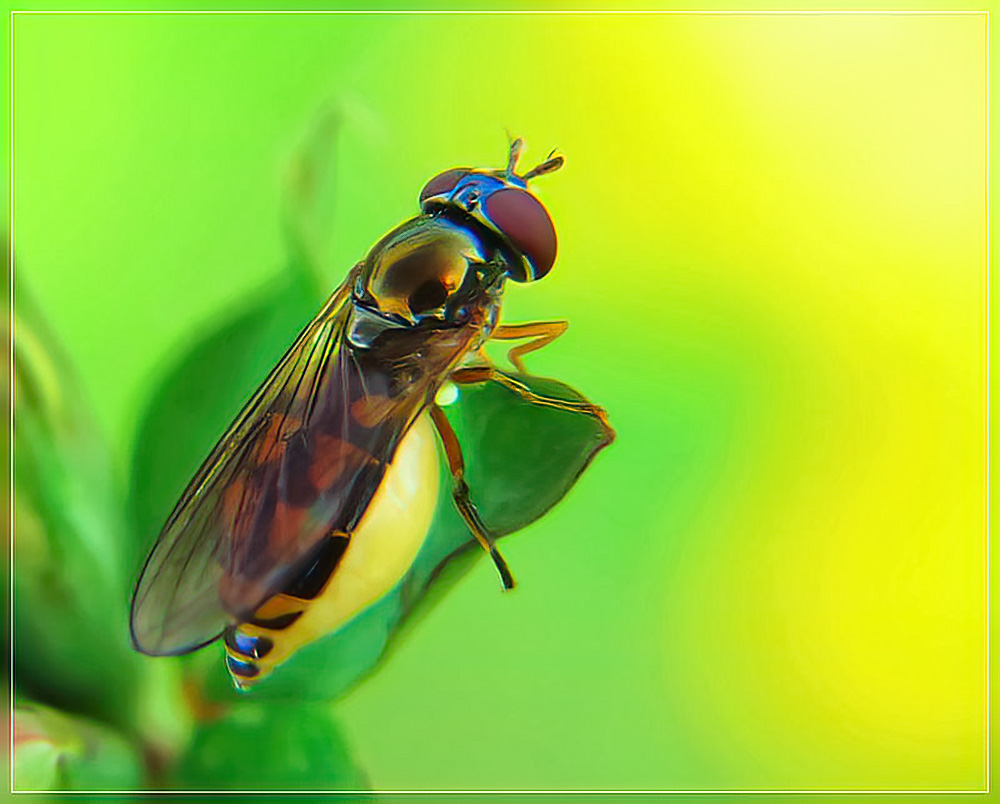All previous newsletters can be found here.
Work Day Reminder, April 15 2023
The next monthly work day will be from 9.00am – noon this coming Saturday.
This month we’ll probably be releasing plants from weeds at the Inwoods Rd entrance to the park.
If you arrive late there will be a notice on the Education Centre door explaining where we have gone.
All tools provided. Gumboots are advised but probably not necessary at this time of year. Please bring your own gloves if you can, but we have some for loan.
Latest News
Report on Last Month’s Work Day, 18 March
Saturday dawned fine for our keen bunch of 16 to start work on clearing a very difficult weed. Beggar’s tick is a fast growing member of the aster family from America. It loves growing in disturbed ground near water, providing thick ground cover that pushes out native plants. Its genus name is Bidens, which means two teeth. This refers to the 2 tooth-like prongs on each of its black seeds. Unfortunately these barbs attach very easily to animal fur or human clothing allowing spread to other areas.
We divided into 2 groups. One group worked near the wheelchair access-way from Mairehau Road. They had the larger patches of Bidens to cut back to near ground level and also found time to control sedges growing over the path. Numerous crane flies provided aerial entertainment.
The second group worked from the Angela Stream bridge back towards Beach Road. Giant Bidens specimens in flower were growing in the water and even on the edges of the bridge. Luckily they were easy to pull out and place in sacks to prevent spread. A very wriggly young elver was disturbed by our activities and needed coaxing back into the water. On the walk back overgrowing flax was cut back from the path and convolvulus removed from plants near the bird hide turn off.
Eleanor and a small group of children did some great work putting out bark mulch near Charlie’s seat.
All this activity was thirsty work and refreshments were gratefully demolished. Thanks everyone.
Article: Sue Britain, Images: Dave Evans and Eleanor Bissell
Wetland Hoverflies Melanostoma fasciatum and Melangyna novaezelandiae
If you have visited Travis Wetland during the summer, you would have noticed two hoverflies that may appear quite similar at first glance. However, upon closer examination, it becomes apparent that they are actually two distinct species.
The Small Hoverfly, Melanostoma fasciatum, and Large Hoverfly, Melangyna novaezelandiae, are two important species found in New Zealand wetlands. Both species belong to the family Syrphidae, commonly known as hoverflies. They are important pollinators and predators, playing a crucial role in maintaining the ecological balance of wetland ecosystems.
Melanostoma fasciatum is a small, shiny black hoverfly with yellow stripes on its abdomen. It is commonly found in wetlands throughout New Zealand. The species has a short life cycle, with adults emerging from pupae in late summer and laying their eggs on rotting vegetation or other organic matter. The larvae feed on decaying organic matter and soil invertebrates, contributing to nutrient recycling in wetland ecosystems.
Melangyna novaezelandiae, on the other hand, is a larger hoverfly with a distinctive black and yellow striped abdomen. It is commonly found in wetlands and other aquatic habitats throughout New Zealand. The species has a longer life cycle, with adults emerging from pupae in late spring and early summer. The larvae feed on aphids, other small insects, and even spider eggs, making them important predators in wetland ecosystems.
Both Melanostoma fasciatum and Melangyna novaezelandiae are important pollinators, visiting a wide range of flowering plants in wetland ecosystems. In addition, they are important bioindicators of wetland health, with their presence or absence providing valuable information on the quality of wetland habitats.
The conservation of these species is therefore crucial for the long-term health and sustainability of wetland ecosystems in New Zealand. Measures to protect and enhance wetland habitats, such as restoration and management activities, are important for the preservation of these and other wetland species.
Article ChatGPT, images: Grahame
Rats Reintroduced to Waikato Wetland
You may have heard on the news about Lake Rotopiko in the Waikato, where there is a predator proof fence within which they have reintroduced rats! This is to try and discourage thousands of sparrows and starlings, which have chosen to roost there. “These birds are bringing in massive amounts of nutrients,” says Karen Denyer, the executive officer of the National Wetland Trust of New Zealand. The nutrients in their droppings threaten to change the very nature of the wetland.
You can read and listen to more about this strange initiative through Our Changing World on the RNZ website.
Yellow Bristle Grass (Setaria pumila)
Environment Canterbury has identified and declared a number of pest plants
Managing plant pests | Environment Canterbury (ecan.govt.nz)
Being a declared pest means there are specific rules that need to be met within the Canterbury region for that declared pest.
Yellow bristle grass is an invasive annual grass that spreads rapidly and is unpalatable by stock, when it dies off in the summer it causes the reinfestation of other weed species. While it can grow in pasture, it’s been found along roadsides in Mid and North Canterbury and can be easily spread by vehicles, machinery or on clothing.
Article: Denise Ford
Images from Grahame
